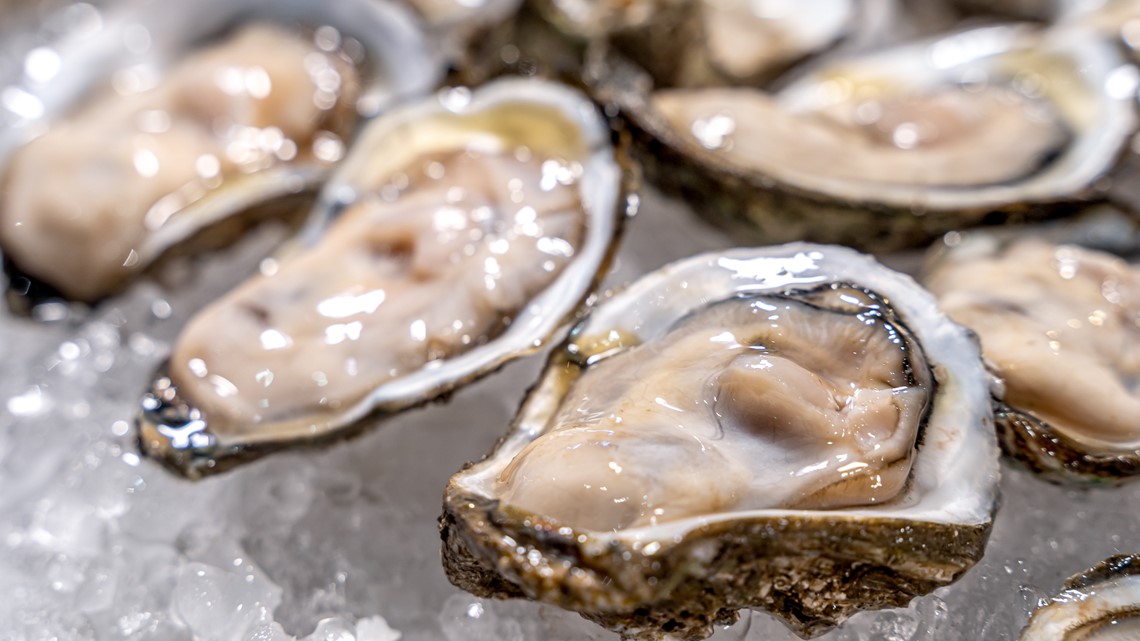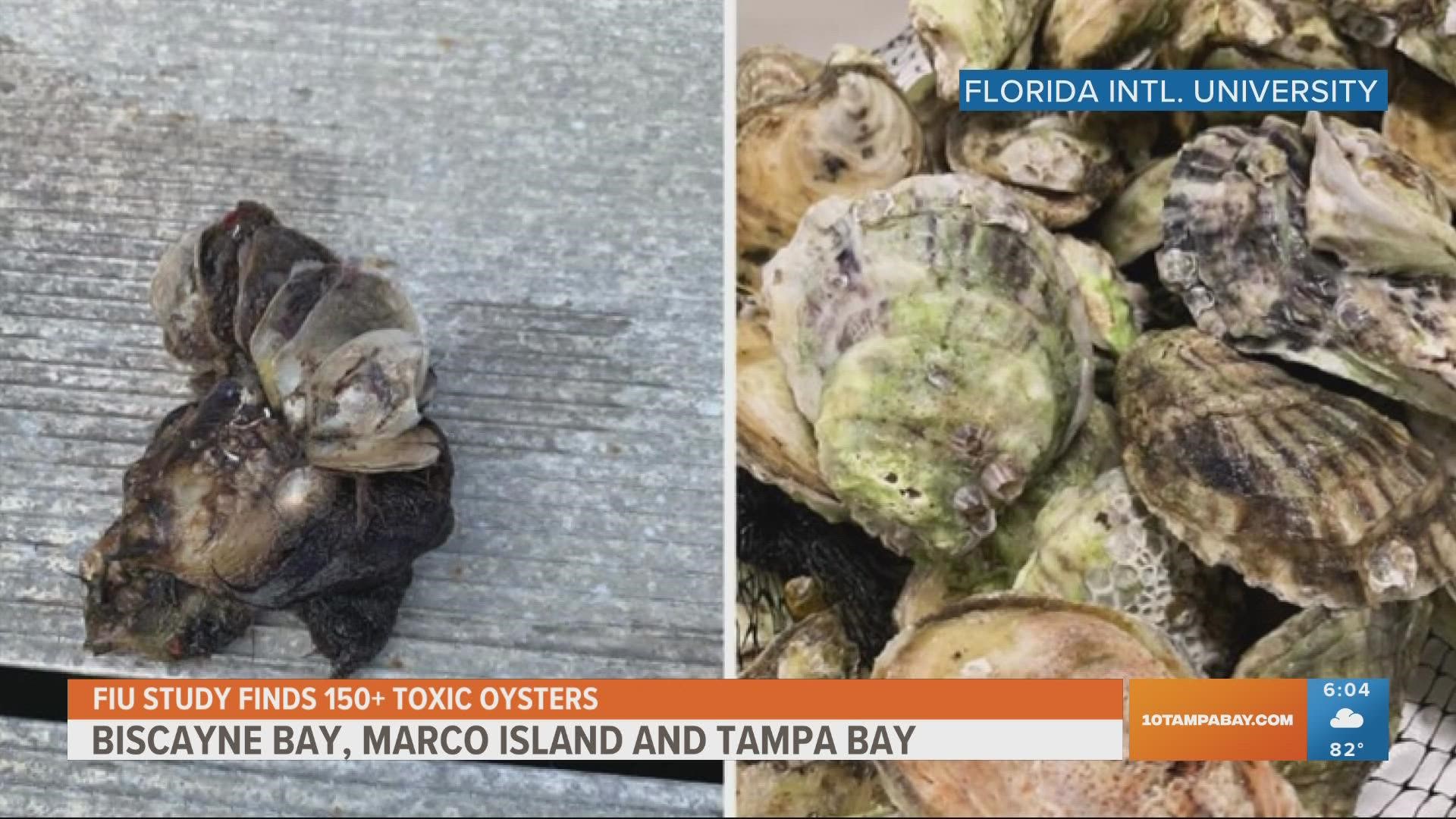ST. PETERSBURG, Fla. — It is not uncommon for seafood restaurants to have a warning label about the risks of consuming raw seafood and shellfish. However, even with the responsible kitchens, some deadly bacteria still find ways to wreak havoc.
That's what happened at Rustic Inn Crabhouse in Fort Lauderdale after a former employee died after eating oysters tainted with the Vibrio bacteria.
Gary Oreal, the manager of Rustic Inn, told the South Florida SunSentinel, "Over the course of 60 years, we have served a couple billion oysters, and we never had anyone get sick like this guy did."
The Vibrio bacteria doesn't make an oyster look, smell or taste any different, which makes it hard to contain even in the most 'grade-A' kitchens.
Following the death, the Florida Department of Health checked out the Rustic Inn's kitchen and examined its oyster inventory the day after the man became ill, Oreal told the newspaper.
“We passed with flying colors and we were allowed to continue to sell oysters,” he said, adding the oysters being served currently are from Louisiana.
So, what exactly are Vibrio bacteria? According to the Centers for Disease Control, it is a bacteria that naturally lives in certain coastal water. It is most present between May and October when water temperatures are warmer.


The CDC says "about a dozen Vibrio species can cause human illness, known as vibriosis."
The most common strands are Vibrio parahaemolyticus, Vibrio vulnificus and Vibrio alginolyticus, per the CDC.
People can become infected by eating raw or undercooked shellfish, particularly oysters, the agency says.
"Certain Vibrio species can also cause a skin infection when an open wound is exposed to salt water or brackish water. Brackish water is a mixture of fresh and salt water. It is often found where rivers meet the sea," the CDC explains.
The bacteria get into oysters' tissue since they feed by filtering water, and that bacteria could still be in raw or undercooked oysters you might eat.
There's only one tried-and-true way to make sure any oyster you want to eat is safe. “Have them cooked. Have them fried, have them boiled,” said Dr. Fred Lopez with the Department of Internal Medicine at the LSU School of Medicine. “You need to have high, sustained temperatures to kill the organism.”
While symptoms of vibrio infection -- usually diarrhea and vomiting -- generally go away within three days, we can verify that in some rare cases, there are people dealing with certain medical conditions for whom eating raw oysters can be fatal.

